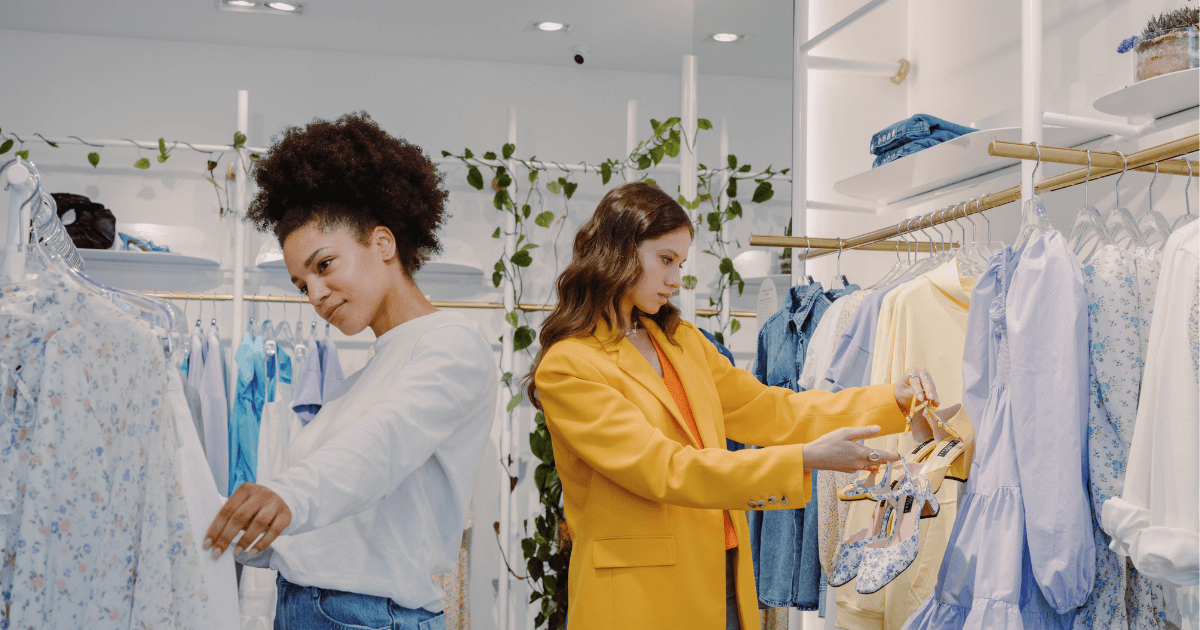Retailers Look to Smaller Stores for Future Growth

With retailers focusing on smaller brick-and-mortar stores, the competition among licensed brands for ever-tighter shelf space is only growing.
Small-format stores aren’t new—2,970 of them opened in 2017, including the likes of Dollar General, Aldi and Trader Joe’s—but their current expansion comes with an emphasis on private label brands further cutting into available shelf space. At BJ’s Wholesale Club, for example, private label accounted for 23% of annual revenue in 2021 while at Target it was 19%, both up from single-digit percentages only a few years ago.
By default, the smaller stores carry a narrower and more focused assortment of licensed and non-licensed products with a focus on top-selling items. This leaves suppliers to offset any loss of brick-and-mortar shelf space with virtually limitless assortments online.
Smaller stores also serve as a base for consumer pickup of online orders. BJ’s Wholesale Club, with stores in the 63,000-163,000 sq.-ft. range, is planning to open a substantially smaller location in Rhode Island this year that will initially serve as a “lab” for testing new store displays and merchandise assortments as well as a distribution point for online orders, CEO Robert Eddy said.
At off-price retailer Burlington Stores, 80 of the 120 stores that open this year will be 30,000 sq. ft. or less, down from a 50,000 sq. ft. average five years ago. About 75% of Burlington stores that open during the next five years will be small format as the chain grows to 2,000 locations (up from 870), CEO Michael O’Sullivan said. These small stores start out generating about 70-80% of the revenue of a larger location, but have better operating margins, said O’Sullivan.
“Collectively, [Target’s] smaller stores are well past the $1-billion threshold for annual sales,” Target CEO Brian Cornell said. “Per square foot, they’re much more productive than our average stores. And if you’re watching these closely, you might detect a new trend. We’re opening up Target stores near America’s most iconic tourist destinations—Times Square, Disney World and the Las Vegas Strip.”
The smaller store format is also lucrative for retailers since they frequently drive more shopping trips. Households make an average of 87 small-format shopping trips per year—spending an average of $1,430, according to 2019 focus group data from InfoScout OmniPanel. And about 25% of consumer products goods (CPG) trips and 13% of CPG dollars go to small-format and specialty stores, according to InfoScout.
Licensees are offsetting any potential loss of brick-and-mortar business with direct-to-consumer (DTC) services. But in some cases, DTC could be incremental business. At Funko, DTC sales increased 74% in the fourth quarter ended Dec. 31, accounting for 11% of the total revenue of $336 million, CEO Andrew Perlmutter said. The DTC service also helped increase the number of unique customers by 50% and boosted average order sizes.
“These enhancements will provide improved integration… and allow for a more streamlined process to expand our e-commerce platform internationally,” said Perlmutter. “We’re excited about the future of the DTC channel, which continues to be incremental to the growth of our wholesale business.”




